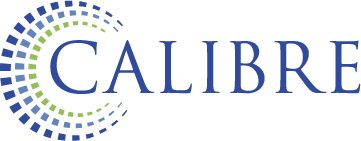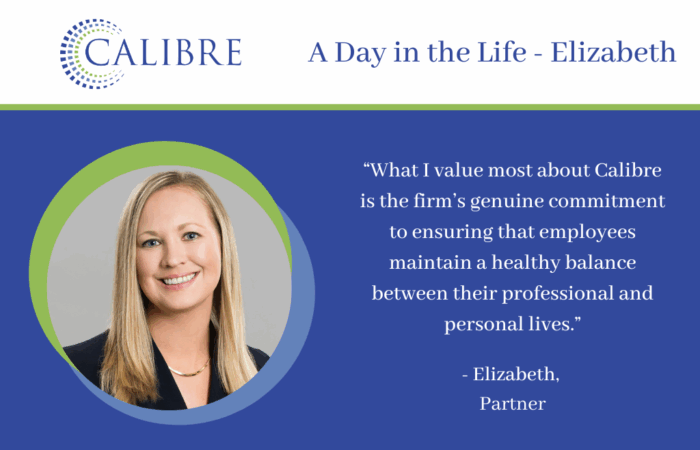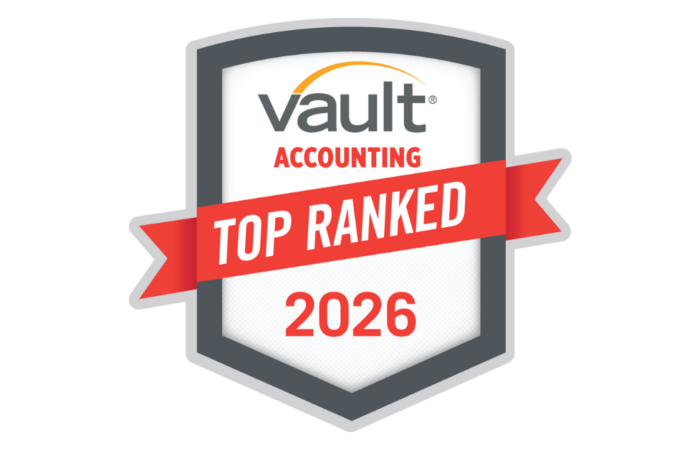If you’re reading this article you are probably very aware of the magnitude of fraud committed against tax-exempt organizations every year. However, what often goes unreported is the amount of additional costs incurred as a result of the fraud.
These additional costs include obvious direct costs such as legal, accounting, and public relations. It may also include less evident costs, such as increased insurance premiums. In frauds that have lasted for many years and involved significant dollar amounts the organization may find that many of their bills have gone unpaid, often including payroll taxes and benefit plan contributions. In order to become current with any past due amounts an organization may find it necessary to borrow money to meet its cash flow needs, which results in interest expense and increased debt. The organization may also face fines and penalties related to the unpaid taxes and late benefit plan contributions.
Perhaps the most significant hidden cost is the value of the time and energy spent dealing with the fraud. This includes time spent by both staff, Trustees, management, and Board members that would be better spent leading the organization, fundraising or otherwise increasing the organization’s influence. Having to spend considerable time and effort dealing with a fraud can also have a significant negative impact on employee and officer morale. This results in lower productivity and increased turnover and causes the organization to incur further costs associated with employee recruitment and training. In the case of a very public fraud, it may even be difficult to recruit new personnel who don’t want to be “guilty by association.”
The final “hidden cost” is the potential decrease in funding the organization may experience. The public relations backlash that results from an embezzlement will undoubtedly cause potential funders (both public and private) to have second thoughts about contributing. In addition, the Form 990 requires the disclosure of any significant diversion of assets, and given that Form 990 is a public document, all the charity rating agencies will know about the fraud. This could have a negative impact on your charity rating, which also may influence potential donors As you can see the “hidden costs” of fraud can easily exceed the actual dollar amount embezzled. This is just one more reason to ensure your organization has strong internal controls and a robust, functioning, fraud risk assessment program.




